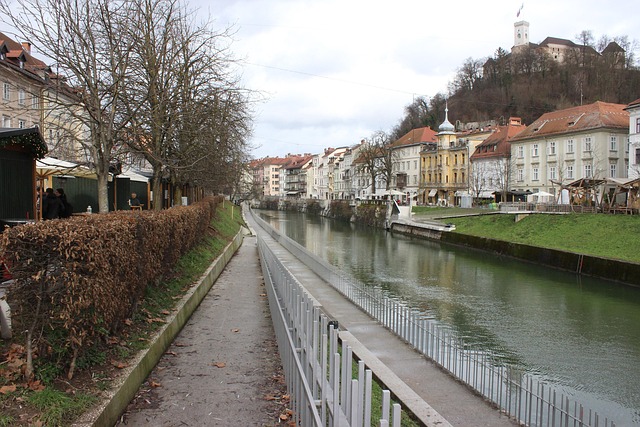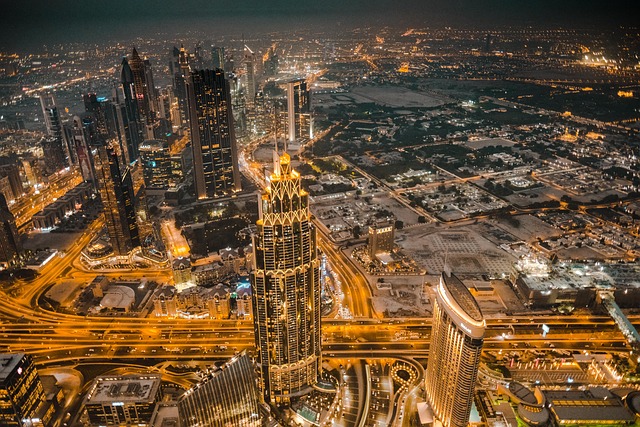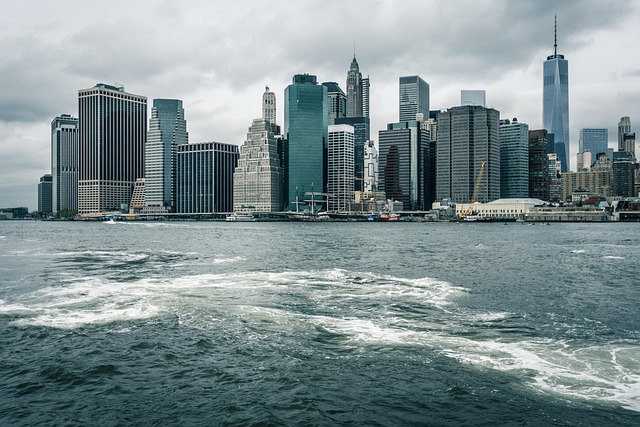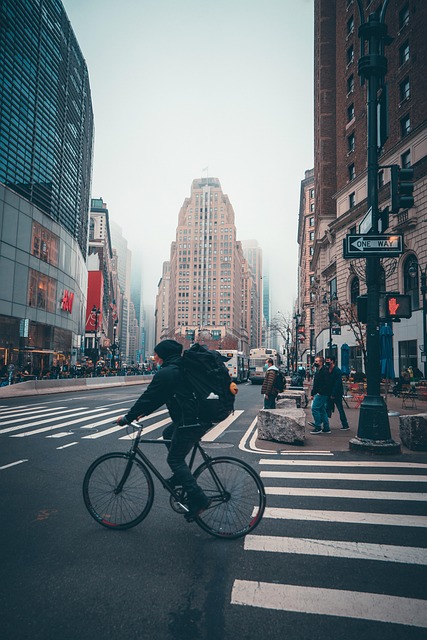Karachi's construction bylaws govern urban development, prioritizing safety, sustainability, and aesthetics. Specific guidelines for areas like Tariq Road maintain balanced growth, strategic traffic management, green spaces, and public amenities. Permits are mandatory, ensuring high-quality life despite urbanization. Adherence to zoning regulations, building standards, and environmental practices preserves the city's unique neighborhoods and facilitates responsible development, with a focus on sustainable practices along Tariq Road.
In the bustling metropolis of Karachi, understanding construction bylaws is paramount for any development project. This city, with its vibrant landscape, demands adherence to stringent regulations, especially along Tariq Road—a key urban corridor.
This article provides an in-depth overview of Karachi’s construction bylaws, focusing on the specific regulations governing Tariq Road. We explore permits and zoning, safety standards, building quality control, and environmental considerations, offering a comprehensive guide for developers and architects navigating this dynamic city.
- Karachi's Construction Bylaws: An Overview
- Understanding Tariq Road Regulations
- Permits and Zoning for Construction Projects
- Safety Standards and Building Quality Control
- Environmental Considerations in Urban Development
Karachi's Construction Bylaws: An Overview

Karachi, as Pakistan’s economic hub, has a unique set of construction bylaws that regulate the city’s growth and development. These bylaws are designed to ensure safe, sustainable, and aesthetically pleasing urban spaces. The regulations cover various aspects, from zoning and building heights to environmental considerations and historic preservation. For instance, areas like Tariq Road, known for its dense commercial activity, have specific guidelines ensuring balanced infrastructure development.
The bylaws also emphasize the importance of proper planning and design, addressing issues such as traffic management, green spaces, and public amenities. Compliance with these rules is crucial for construction projects to obtain necessary permits, highlighting Karachi’s commitment to maintaining a high standard of living and urban aesthetics despite rapid urbanization.
Understanding Tariq Road Regulations

Tariq Road, a bustling thoroughfare in Karachi, is subject to specific construction bylaws that govern its development and maintenance. These regulations are designed to ensure the safety, aesthetics, and functionality of both existing residents and future developments. Understanding these laws is crucial for anyone looking to construct or renovate properties along this vibrant street.
The bylaws cover various aspects, including building height restrictions, zoning guidelines, and permitted land uses. They aim to preserve the harmonious balance between residential, commercial, and industrial areas, which defines Karachi’s diverse landscape. Adhering to these rules not only contributes to the city’s overall development but also ensures that Tariq Road remains a vibrant and sustainable hub for years to come.
Permits and Zoning for Construction Projects

In Karachi, construction projects, whether residential or commercial, are subject to strict permits and zoning regulations. Before breaking ground, developers must secure essential permits from relevant authorities, ensuring their projects comply with city planning guidelines. These permits outline specific parameters for building height, density, and design, aligning with the area’s zoning designations.
Zoning laws play a pivotal role in maintaining the character of neighborhoods. Karachi’s diverse districts have unique zoning rules that dictate the type of construction allowed in each area. Adhering to these regulations is crucial for obtaining approval and ensuring projects contribute positively to the city’s vibrant landscape, reflecting the careful balance between urban development and preserving local communities’ interests.
Safety Standards and Building Quality Control

In the bustling metropolis of Karachi, adhering to stringent safety standards and implementing robust building quality control measures is paramount for any construction project, especially in areas like Tariq Road. These regulations are designed to safeguard not just the workers and future inhabitants of the structures but also the broader community. Strict adherence ensures that buildings meet minimum safety criteria, encompassing structural integrity, fire safety, electrical systems, and accessibility for all.
Karachi’s dynamic construction landscape demands consistent oversight to prevent substandard practices. Building quality control involves regular inspections at various stages of construction, from foundation to completion. This meticulous process includes checking material compliance, workmanship, and alignment with approved plans and local by-laws. By upholding these standards, developers and contractors contribute to the city’s overall development while ensuring that the structures they build are safe, durable, and of high quality.
Environmental Considerations in Urban Development

In urban development, especially in a metropolis like Karachi, environmental considerations are more crucial than ever. The rapid growth and construction along Tariq Road have prompted a closer look at sustainable practices. Developers and architects must navigate the fine line between progress and preservation, ensuring that new projects integrate eco-friendly strategies to mitigate potential ecological impacts. This includes responsible land use, water conservation, and air quality management, all of which are vital for the well-being of both the community and the environment in Karachi’s dense urban landscape.
Karachi’s unique geographical location and climate demand innovative solutions. By embracing green building technologies, renewable energy sources, and efficient waste management systems, construction projects can significantly reduce their carbon footprint. These measures not only contribute to a healthier city but also align with global sustainability goals, making Karachi a model for environmentally conscious urban development in the region.
In conclusion, Karachi’s construction bylaws, particularly those governing Tariq Road, offer a comprehensive framework for urban development. By understanding the regulations, ensuring proper permits and zoning, adhering to safety standards, and considering environmental impacts, builders and developers can navigate this intricate landscape effectively. These measures not only ensure high-quality construction but also contribute to the sustainable growth of Karachi’s vibrant urban fabric.





Leave a Reply